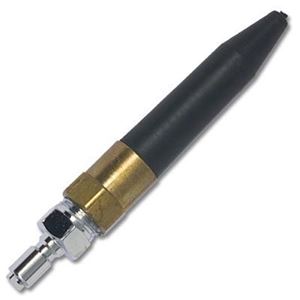All: just starting my tec 40 training and am trying to decide between a lift bag or a SMB.
If you mean you are trying to decide which one to purchase, my recommendation (and what I tell tec students) is to buy both. Seriously. As a technical diver you should be facile in the use of both a (100 lb) lift bag and a 6ft SMB
The PADI Tec Deep Diver recommends a 100lb lift bag marine yellow, but in the supplemental notes/outlines they seem to lean to a DSMB. Which one is it?
As John points out (Post #16), thinking is evolving. The Tec 40/45/50 manual is essentially the Tec Deep Diver manual, in electronic (Abobe) format, and while there ARE obvious changes in the text made to accommodate the restructured course sequence, the majority of material is what was in the original Tec Deep Diver manual. So the differences you see between the manual and supplemental materials reflects when the text was written - the manual text is older, while the supplemental materials are newer and reflect the evolution in thinking..
I can't figure the benefit of a lift bag for an open water deco hang. It would seem to me that a DSMB takes up less space and is more visible on the surface.
A LOT of people have trained with, and continue to use, lift bags for drift decos, and they work quite well. When I took the tec sequence years ago (when it was Tec Level 1 and Tec Deep, vs Tec 40, 45 and 50), I used (only) a lift bag. Today, I still carry both a lift bag AND a SMB. My 6ft Halcyon SMB (or Diver Alert marker as Halycon now describes them) takes up no less space than my 100lb Dive Rite lift bag. But,. just as John observed in his recent FL experience, I have begun to use my SMB instead of my lift bag. It IS more visible at the surface, particularly if there are swells.
And, for clarification, given some of the comments that have followed your post, I presume that your use the expression 'deco hang' it is merely a way to refer to conducting neutrally buoyant decompression stops while drifting, using the line connected to the surface marker as a visual reference (while hovering nearby), and that you are NOT physically hanging on the line.





